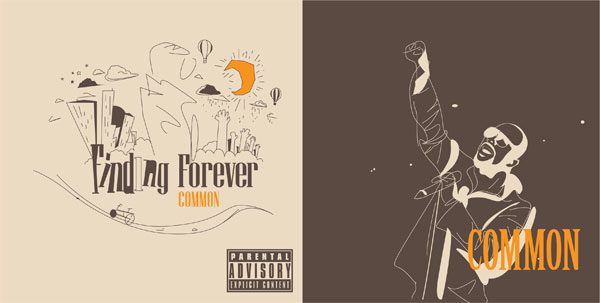


Do not post songs from an album or collection on the Overposted/Favorites List.

will be removed and may result in a permanent ban at the moderator's discretion. Additionally, comments deemed overtly racist, sexist, homophobic, transphobic, etc. Unwelcome content and prohibited behavior as defined by Reddit is never allowed.No Unwelcome Content or Prohibited Behavior Please read the Guidelines/FAQ before posting! Favorites/Do Not Post Listĭo not post songs from projects or collections listed on the Overposted/Favorites/Do Not Post List. The latest music, videos & news relating to your favorite hip-hop, R&B & future beats artists. So when Columbia University public health and development expert Ruxin, 37, arrived in Rwanda and asked where to set up the Millennium Villages Project, a program to end poverty in 80 villages across the world, Kagame's government gave him an office 100 m from Nyamata church.Welcome to /r/HipHopHeads! /r/Hiphopheads COVID-19 Donations Thread Those that survive are duty-bound to do everything to avoid a repeat.

How do you explain that?" Nations that haven't just peered into the abyss, but lived in it, have a tight grasp on the price of failure. At his offices in Kigali, President Paul Kagame says: "Hutu fathers killed their own children because some of them resembled their wives, who were Tutsi. And it fosters a lasting mystery - an incomprehension over how man could behave so inhumanly to man. A few miles from Nyamata, a sign at a second massacre site reads: ÉGLISE NTARAMA: +/- 5,000 PEOPLE.Ī holocaust colors everything that follows, alters the essence of a nation. Come April 1994, around six out of every 10 people in Nyamata were killed, though again, no one is sure of the exact figure.
COMMON FINDING FOREVER ALBUM COVER SERIES
It was where, in a series of practice massacres after 1990, that the Hutu militia, the Interahamwe, honed their calculations of the optimum rate of dispatch. The genocide museum in the capital Kigali concludes its description of 1994 with the words: "Rwanda was dead." As a Tutsi area, Nyamata was a crucible of the killing. Perhaps 2 million took part in the slaughter, this in a country of 8 million. It is estimated that Rwanda lost 800,000 people in 100 days. The Hutu slaughter of Tutsis and moderate Hutus in Rwanda between April and July 1994 was so quick and wholesale, it has proved impossible to find all the dead or separate their remains. The genocide museum in the capital Kigali concludes its description of 1994 with the words: "Rwanda was dead." "There's 50,000 people down there," says Ruxin, when I emerge. The walls are lined with shelves, floor to the ceiling, stacked with neat piles of bones and skulls. At the foot of the stairs is a narrow corridor. "Thirteen years later, they're still finding new bodies round here every day." We walk around to the front of the church where a raised white-tiled plinth is scattered with dead flowers and plastic wrap. Against a side wall, I find two new-looking closed coffins covered in cloth, a stack of 20 more, empty and expectant, and an open sack scattered with ribs, femurs and broken skulls. More blood, wide dry brown stains, covers the altar cloth. We step inside Nyamata church and my guide, Josh Ruxin, points out the wall where babies were smashed up against the brick. 13 years later the country is picking itself up and forging ahead Its been 13 years since the systematic slaughter of Tutsis and moderate Hutus took place in Rwanda.


 0 kommentar(er)
0 kommentar(er)
